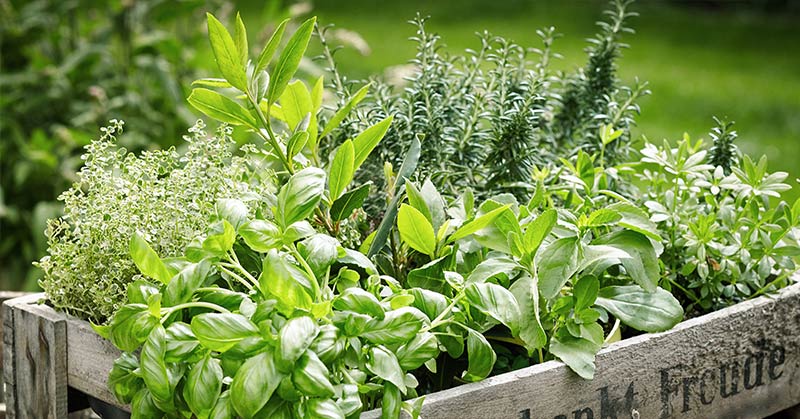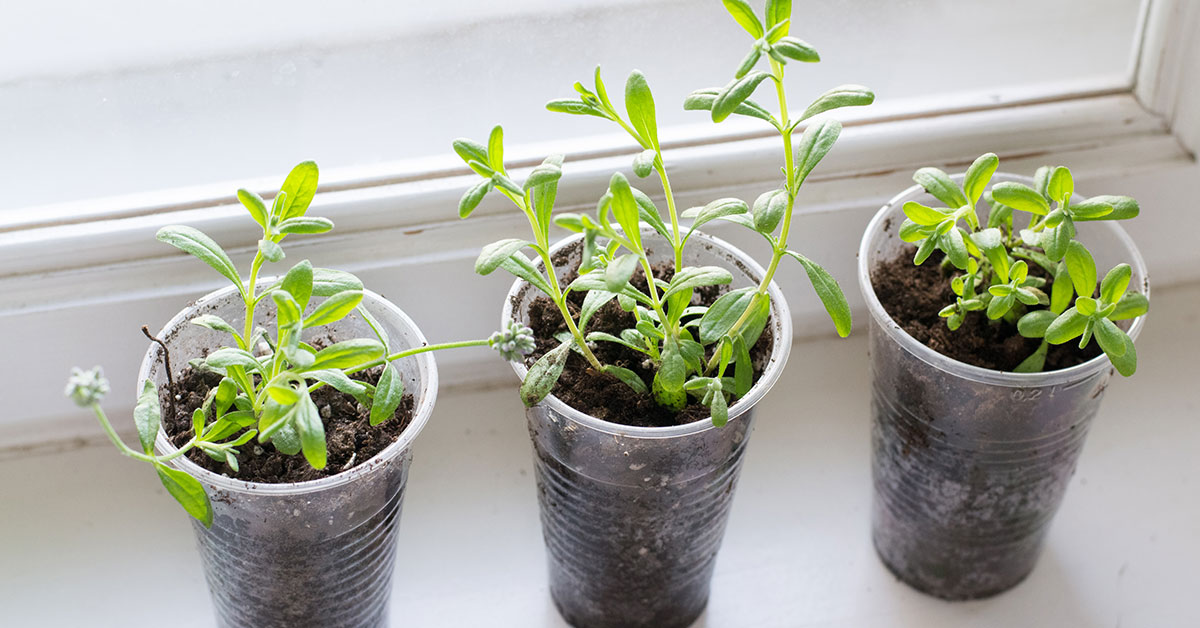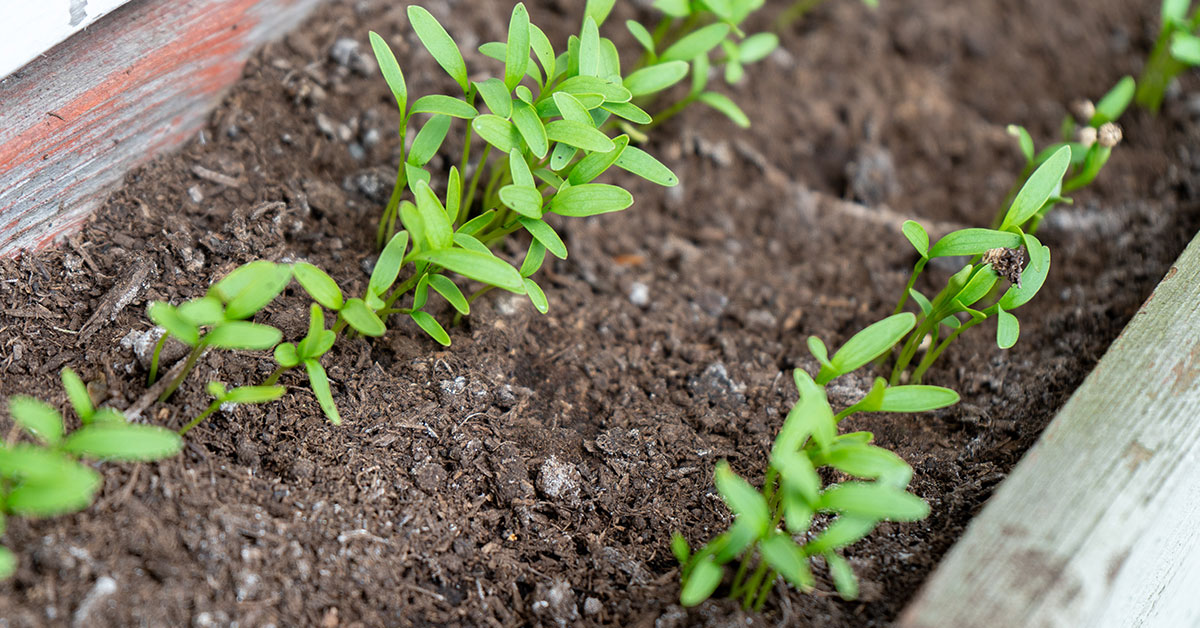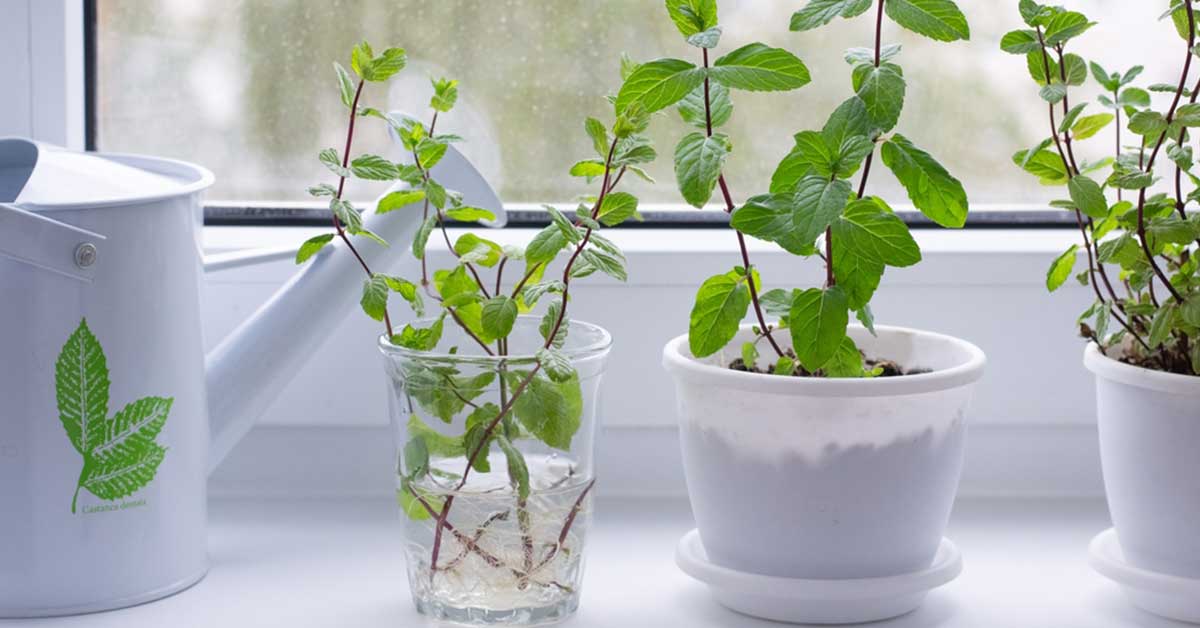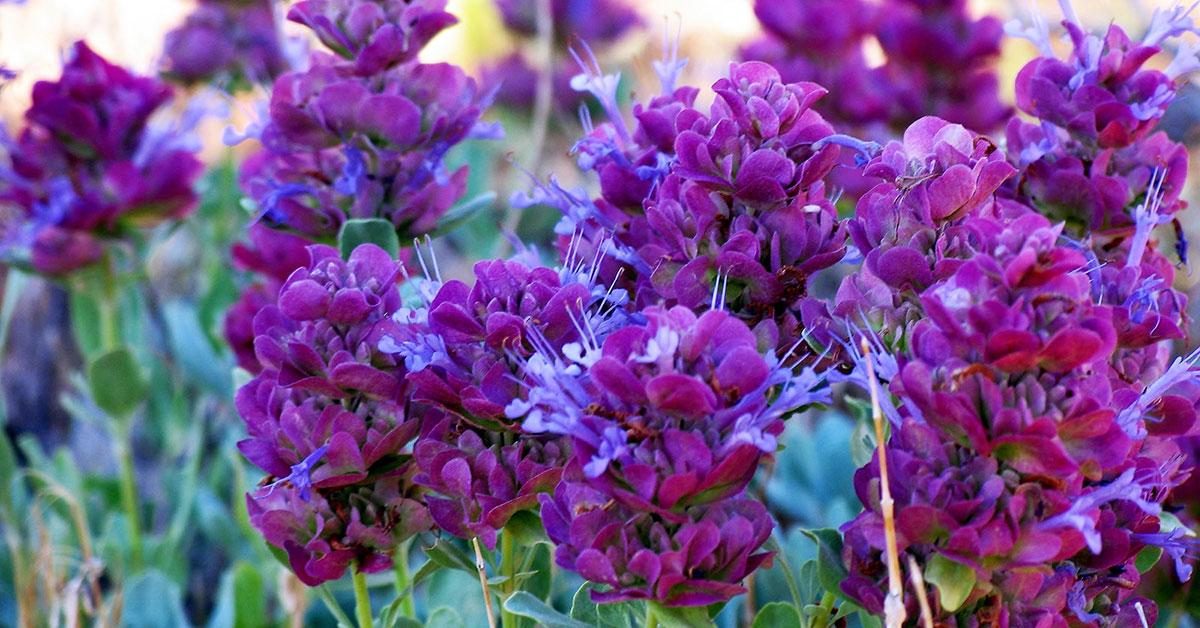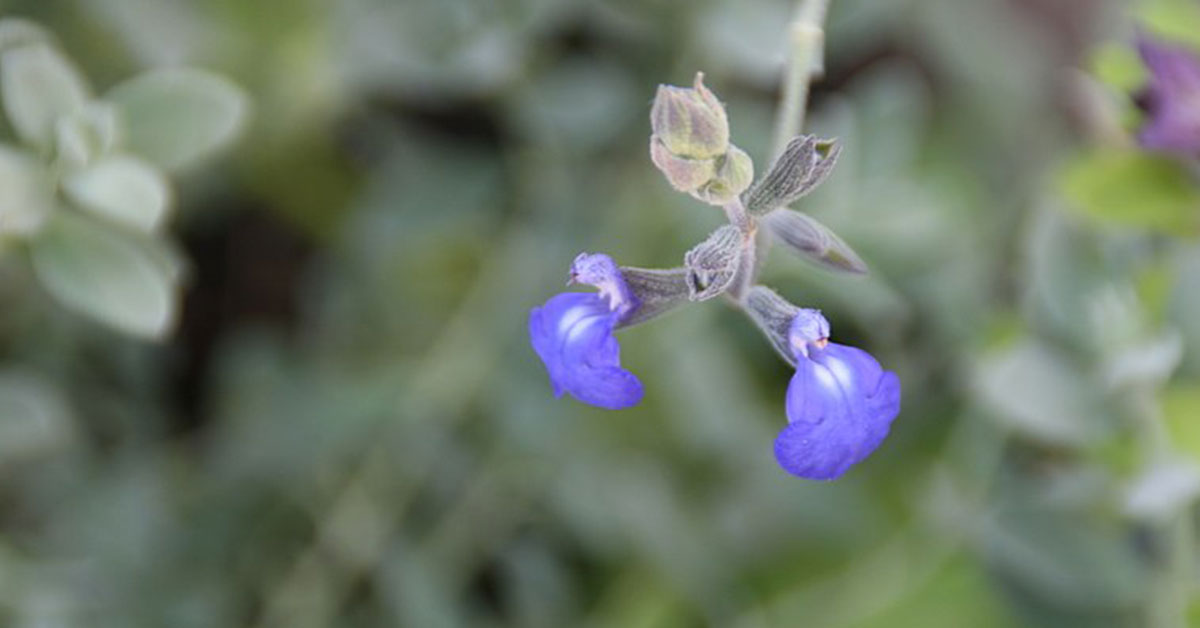The Yarrow plant is also a fragrant herb with several medicinal benefits. Gordaldo, devil’s nettle, nosebleed plant, old man’s pepper, milfoil, sanguinary, thousand-leaf, soldier’s woundwort, and thousand-seal are some of the other popular names for this species.
The flowering plant Achillea millefolium, also known as the common Yarrow, belongs to the Asteraceae family. It is endemic to the Northern Hemisphere’s temperate areas, including Europe, Asia, and North America. Yarrow produces spectacular flower heads made of numerous small, tightly-packed blooms towering above clusters of ferny leaves and is sold as hardy and adaptable perennial. Flowers might be yellow, red, pink, or any other color. Yarrow is pest-resistant and drought-resistant. Yarrow is a pollinator-friendly native North American plant that’s easy to grow and maintain, making it ideal for borders, land covers, and open meadows.
Read more: These 22 perennials will thrive in your garden for decades
Growing Yarrow
The herbaceous perennial Yarrow (Achillea millefolium) has long branches, fern-like leaves, and bundles of small flower heads that develop in circular blooms. Yarrow flowers from early spring to late October. It grows to be between one and three feet tall. White, red, pink, or brilliant yellow flowerheads add colorful blossoms to a garden, flower container, or lawn.
The plant tends to attract butterflies, bees, and birds as a pollinator-friendly wildflower. Because it replaces the soil with minerals like potassium, phosphate, and calcium, the plant is also known as a buddy plant. The long stems make Yarrow blossoms simple to store as cut flowers, and they form a lovely centerpiece.
Here are some brief facts about the popular aesthetic plant:
- Latin name: Achillea millefolium
- Other names: Common Yarrow, Gordaldo
- Native to: Northern Hemisphere in North America, Europe, and Asia
- Invasiveness: Yes.
- Tenderness: Herbaceous perennial
- Sun: Full Sun
- Water: As required
- Soil: Sandy, clay, loamy, well-draining
- Hardiness zone: Zones 3 through 9
- When to plant: Early Spring/late fall
- Spacing: 1 to 2 ft
- Plant height: 2 to 3 ft tall
- Bloom period: Summer
- Time to maturity: 120 to 130 days
- Container friendly: Yes
- Fertilizer: Once
- Toxicity: Can be dangerous in excessive amounts
- Deer resistant: Yes
- Pest resistant: Yes
After you’ve planted your Yarrow, it doesn’t require much attention. Yarrow requires minimal maintenance, however, it is sensitive to a few diseases and pests. Botrytis mold or powdery mildew are the most frequent diseases that afflict plants. Both of these will leave a white powdered coating on the leaves. Fungicides can be used to treat both. Spittlebugs are known to attack Yarrow plants on occasion.
Water
Common Yarrow is drought-tolerant once established, but if the garden gets less than 10 cm of rain in any given week, provide extra water to the plant. Water Yarrow plants only as necessary. Yarrow is a drought-tolerant plant that requires minimal water. Water Yarrow plants once a week, once the soil has dried out. Depending on how rapidly the soil dries up in the summer, you may have to hydrate your Yarrow plants more.
Sunlight
Plant in full sun to encourage compact growth and a profusion of flowers. Although Yarrow likes full sun, it may also thrive in moderate shade. Yarrow grows leggy in partial shade or shade. In well-drained soil, Yarrow thrives. It prefers hot, dry weather and will not tolerate moist soil all of the time.
Soil
The optimum soil is sandy, with a low to mediocre quality. This is one plant that does not like soil that is high in organic matter. It can thrive in fertile soil, but it will most likely grow too quickly and become “leggy,” causing the stems to flounder under the weight of heavy blossoms.
The pH level of the soil should be between 4.0 and 8.0. A score of 6.4 is seen to be ideal. Although the soil quality may be poor, drainage must be adequate. Yarrow is not a plant that tolerates moist soil or thrives in humid circumstances.
Fertilizing
Yarrow is a low-maintenance plant. A compost side-dressing once a year should be enough. An overabundance of nutrients in the soil may foster the proliferation of the Yarrow plant. Once the seeds have sprouted, apply a heavy nitrogen fertilizer. In the second year, expect blossoms.
Invasiveness
If not adequately managed, this plant may become invasive in particular areas or ecosystems, displacing valuable plants. Although Yarrow is a low-maintenance plant, it has the potential to overpower other plants in your yard, so keep an eye on it. Dig a trench and remove the plant out from its rhizomes if your plant starts to overwhelm your garden or yard.
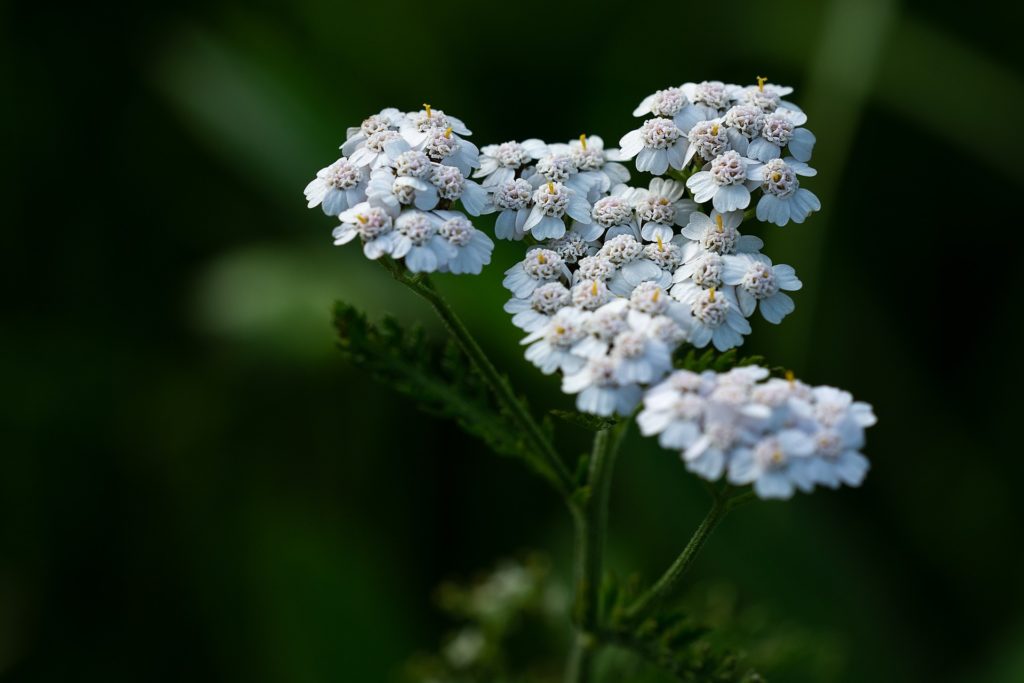
Growing Yarrow In Containers
The plant, a member of the daisy family, is ideal for container gardening. Because the plant grows swiftly, the seed is typically a better (and less expensive) alternative. The seeds, unusually, require light to germinate, so maintain them in a warm, sunny location. Germination might take up to three weeks. The common Yarrow may reach a height of 40 inches. When planting seeds or transferring seedlings, use a big potting container to allow this growth.
Care & Tips
Once established, Yarrow, a tough plant, works hard in the garden, especially if you remember these four gardening tips:
If necessary, select humidity-tolerant cultivars.
- For compact plants that develop at a moderate rate, poor soil is preferable to rich soil.
- Drought tolerance does not imply that they never need water.
- Plants should be spaced 1 to 2 feet apart to allow for easy establishment.
- Give your plants a solid start, and they’ll give you years of color in return for a little maintenance.
Common Problems
Yarrow is a disease-free plant in general, making it one of the easiest to maintain in the garden. It is, nevertheless, susceptible to a few pests and illnesses. Powdery mildew usually emerges later in the season, especially in hot and dry conditions. Remove any powdery mildew-affected areas of your plants.
Rust is a fungal disease that starts on the underside of leaves and spreads to the rest of the plant. Make sure diseased leaves are removed, and trash is raked away. To get rid of this illness, use copper sprays or sulfur powders. Spittlebug leaves a protective foam on your plants that resembles spit. The insect is protected from UV radiation, predators, and pesticides by its spit nest.
Spittlebugs can be removed by spraying them with a forceful stream of water. You may also use UV lamps to destroy the bugs or attract predators like spiders and wasps.
Propagating Yarrow
Loosen the soil surrounding your plant and dig it up with a spade to start the division process. With a spade, cut the plant in two. You may divide it up as many times as you like, as long as each part includes three shoots. Dig holes in a sunny, well-drained spot to plant a fresh piece. The ideal time to propagate Yarrow from stem cuttings is between late spring and summer. Look for a stem that is fresh and robust, with three to four buds. The length of the growth will be around 6 inches. Late winter is the optimum time to start growing Yarrow from seed. You can use a pot if you’re simply putting a few seeds.
The History Of Yarrow
Naturalized in North America, Australia, and New Zealand, it is native to Europe and western Asia. Herba militaris was the name given to Yarrow in antiquity because of its function in stopping the flow of blood from wounds. The plant (Achillea millefolium) was called after Achilles, the Greek mythological hero who employed it to staunch the bleeding wounds of his warriors during the Trojan War around 1200 BC, according to herbal mythology.
It is known as plumajillo (Spanish for ‘small feather’) in New Mexico and southern Colorado because of its leaf form and texture.
Uses For The Yarrow Plant
The plant is used to treat a variety of ailments. Fever, common cold, lack of menstruation, hay fever, dysentery, loss of appetite, diarrhea, gastrointestinal (GI) tract pain, and inducing perspiration are all treated with Yarrow.
However, Yarrow products containing the chemical thujone may not be safe. In excessive dosages, thujone is dangerous. When used in quantities of 250-500 mg daily for 12 months, Yarrow may be considered safe.
If you’re seeking the ideal border or ground cover, the plant might be the plant for you. It attracts pollinators and requires little maintenance once established.
Yarrow is a fragrant herb with medicinal characteristics that can be used to treat a variety of diseases. So, Yarrow may be grown in both flower beds and herb gardens.




